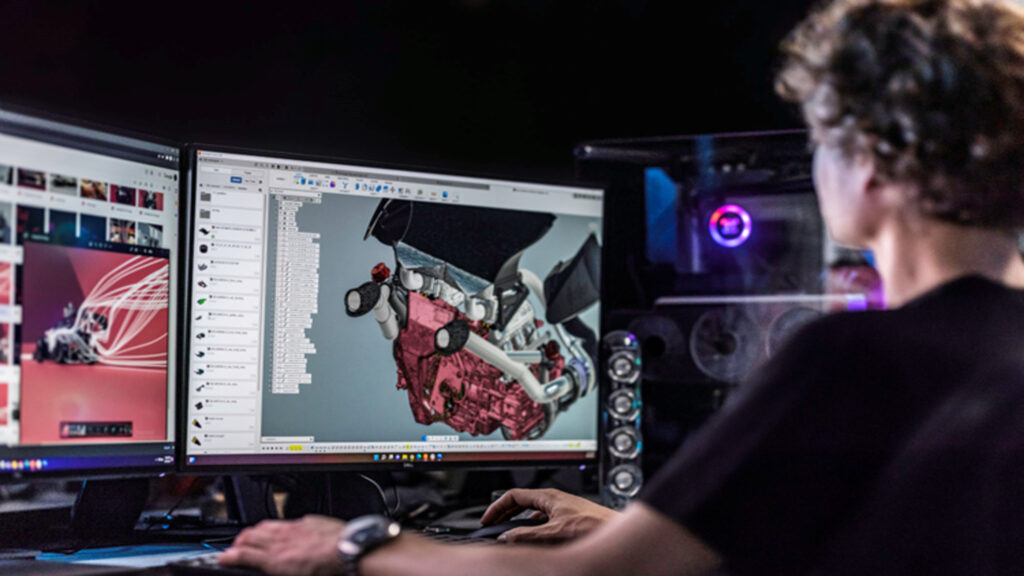Two hundred years ago, the Industrial Revolution marked the revolutionary transition to machines and alternative sources of power, such as water and steam. Starting with the textile industry, the adoption and transformation across industries quickly took hold. From those early beginnings, the design and manufacturing industry rapidly evolved throughout the 20th century—from the electrification of factories to the introduction of the assembly line, CNC machine, computers, CAD, automation, and more.
Now, Industry 4.0 is here
Artificial intelligence (AI) is transforming every aspect of how products are designed and made. Harnessing massive amounts of data is essential to gain deeper insights, make informed decisions, and optimize processes. Advanced robotics improve efficiency and precision. Additive manufacturing (3D printing) delivers both faster prototyping and manufacturing of final parts and products. Reaching new sustainability goals and consumer demand for sustainable products is paramount. The way we work is also changing—whether it’s a team in the same office, geographically dispersed teams and customers, or a design team collaborating with a factory half-way around the world.
Design and manufacturing businesses need to undergo digital transformation to keep up or they risk falling behind. One of the key tools driving shift in the design and manufacturing industry is Autodesk’s Fusion Industry Cloud. This comprehensive suite of services offers advanced capabilities such as Autodesk Platform Services, seamless API integration, robust data management, and more. By leveraging the Fusion Industry Cloud, companies can enhance collaboration, drive efficiency, and achieve sustainability goals. With its powerful features and extensions, the Fusion Industry Cloud empowers organizations to redefine what is possible in their processes and thrive in the era of Industry 4.0.
Any team or company not using AI or machine learning tools is going to quickly fall behind. Our competitive advantage lies in our early use and discovery of ways of utilizing the technology efficiently because soon I think it will become a standard tool for everyone.” — Alex Miller, lead mechanical engineer, Newton
Many companies are already embracing shifts in the way they work, from remote collaboration to AI tools. Let’s take a look at five real-world examples of industry 4.0 happening today.
1. Newton | Engineering and Product Development uses AI for critical Mars mission
Was (or is) there life on Mars? We may soon find out. NASA and ESA are planning an ambitious feat with the Mars Sample Return Mission to bring rocks and soil from Mars safely back to Earth for the first time—all with the goal of discovering if life ever existed on the planet.
Newton | Engineering and Product Development is one of the companies helping to make the mission a reality. They’re developing a critical component in the transfer of the samples from a rocket to an orbiter for the trip back home. A single lid will snap shut to capture rocks that are—quite literally—tossed into space.
Newton used generative design in Autodesk Fusion to design the lid’s hinge. Generative design is a tool that leverages AI to automatically create hundreds of design options based on desired parameters for weight, strength, material, and performance enhancements set by an engineer. Teams can then choose a design to move forward with and optimize it as needed to achieve specific goals.
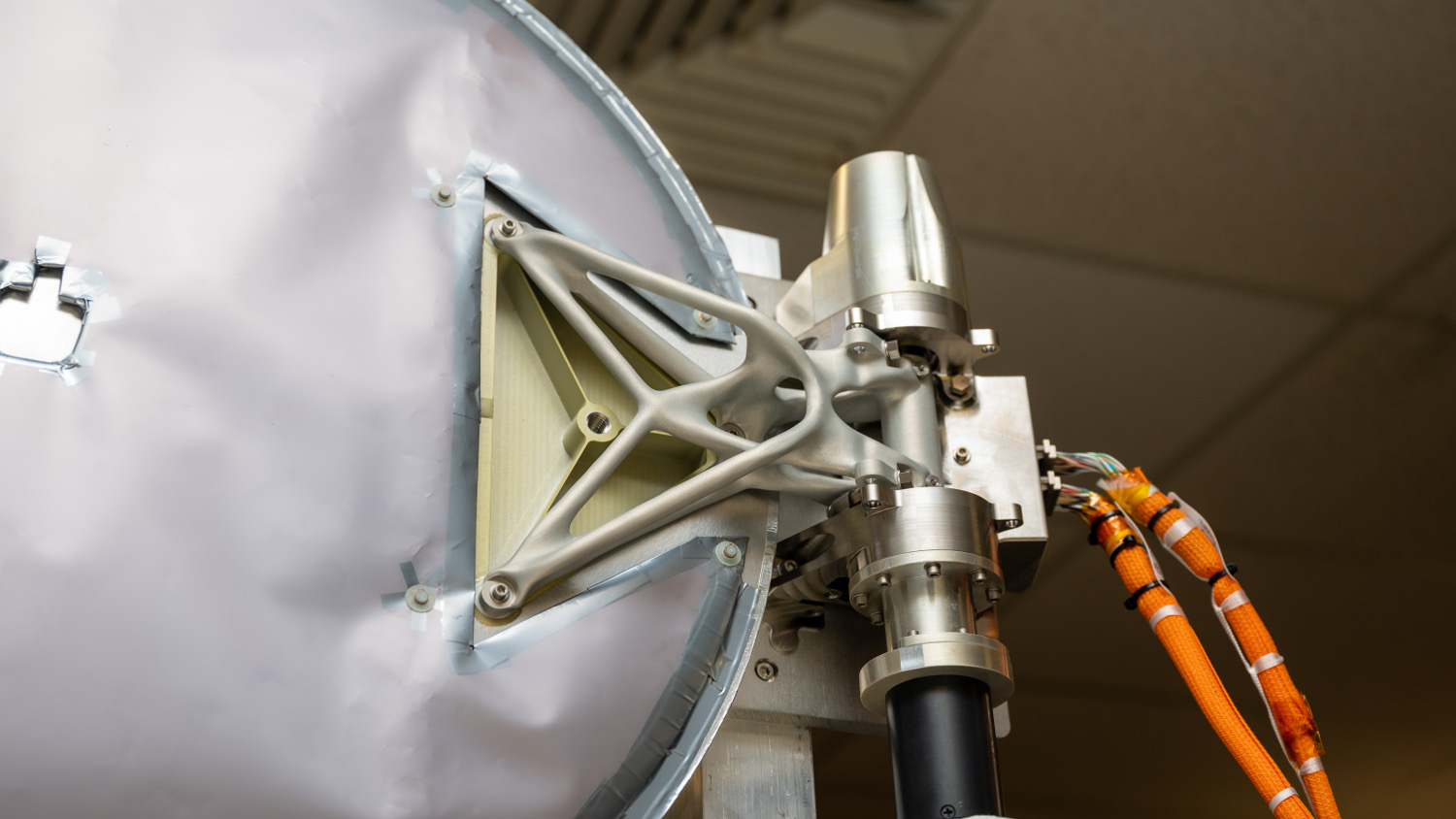
“I truly believe that humanity is at the dawn of the AI age and using generative design is absolutely essential for any engineering team to remain competitive in the future,” says Alex Miller, lead mechanical engineer, Newton. “It’s a critical tool in our mission to provide customers with optimal solutions and ensure success.
With generative design in Fusion, Newton reduced the lid’s weight by 30% while maintaining its required stiffness. The team also identified the ideal material of Aluminum 6061 over 7075 for better manufacturability and lower cost while still meeting requirements with more than sufficient safety margins.
“The biggest advantage with Fusion is that we have confidence knowing what we’re producing is optimal,” Miller says. “It lets us make efficient and optimal engineering decisions. We saved about a month of time using it for the Mars Sample Return.”
2. BBi Autosport brings together CAD/CAM and collaboration in the cloud
Based in Huntington Beach, California, BBi Autosport is known for not only bespoke motorsports, but also for its custom parts. A few years ago, the company began its own digital transformation while designing Hoonipigasus—a 1,400 HP mid-engine AWD rally racer conceived from the ground up in partnership with Hoonigan Racing.
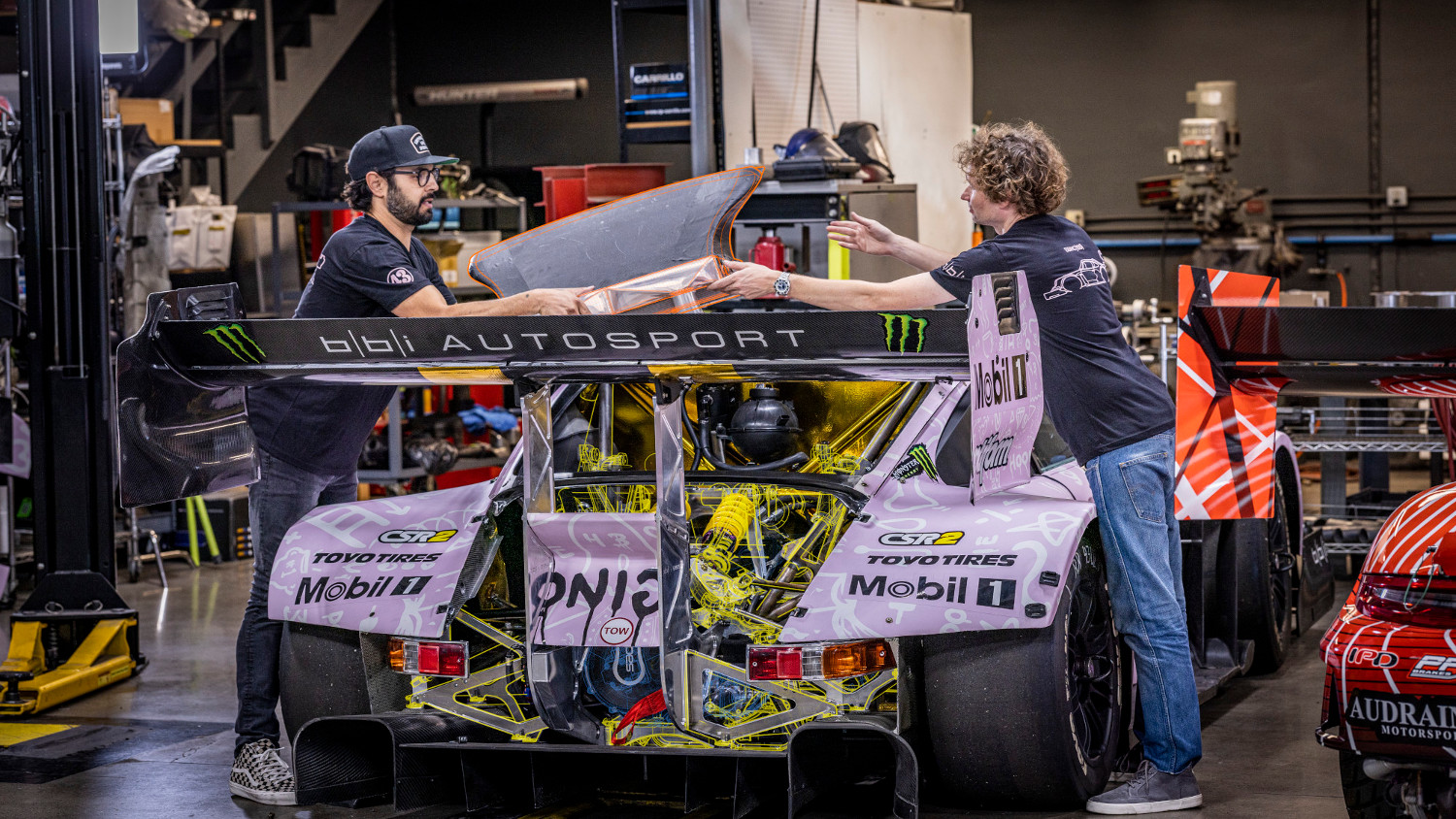
The BBi team needed to develop products and parts concurrently and quickly to meet tight race deadlines. They quickly realized that an integrated CAD/CAM solution was the best path forward. With Fusion, they could bring all their aggregated data into one centralized location and discovered how quickly they could use its cloud-based CAD, CAM, CAE, and PCB design tools to turn prototypes into production-ready parts.
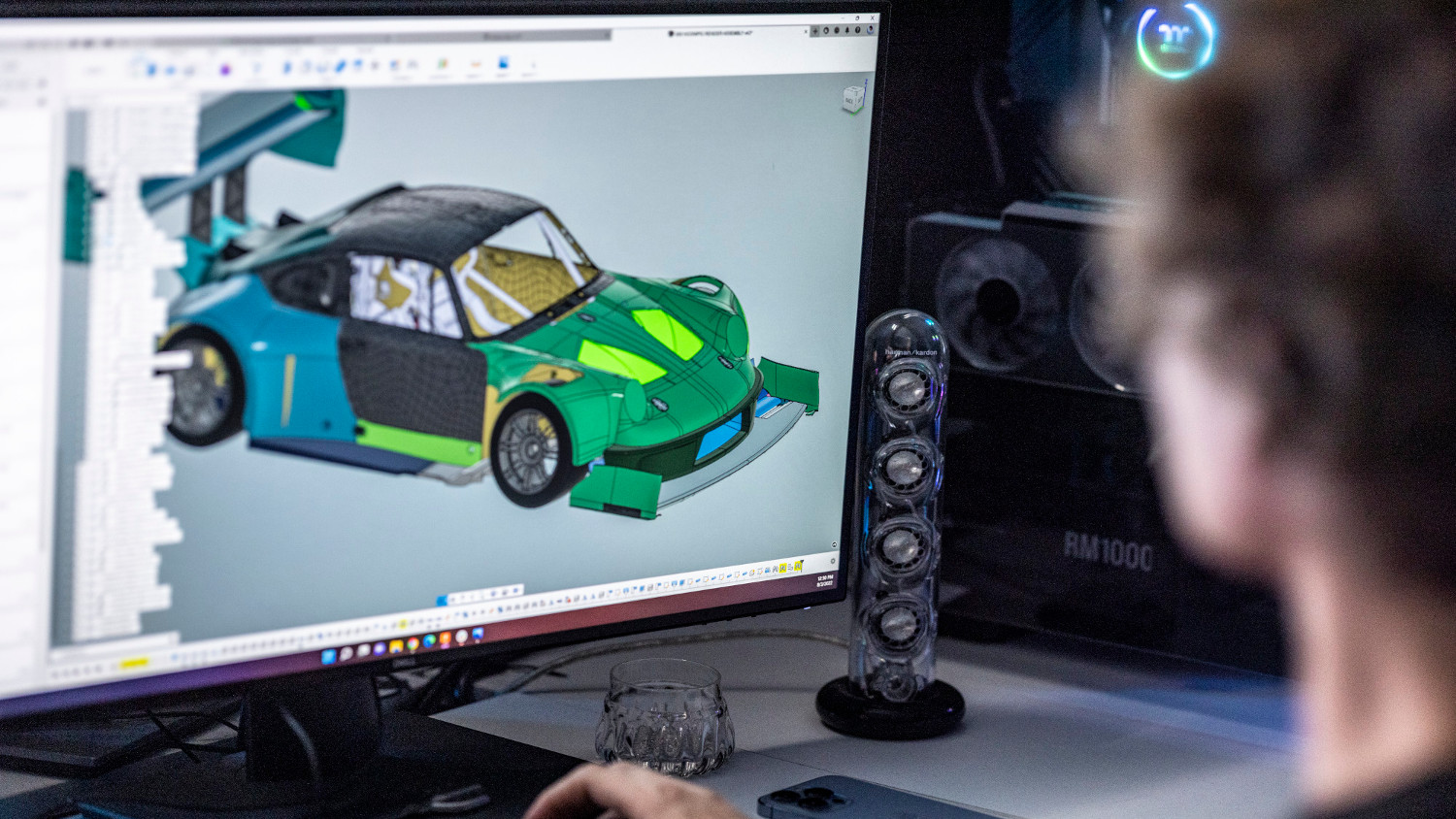
“There’s a trickle-down effect from our motorsport division to our consumer product division,” says Betim Berisha, co-founder, BBi Autosport. “We found that with almost the click of a button, Fusion is capable of exporting our 3D models to our CNC machine to manufacture right then and there, ending up with a finished part that is ready to hit the racetrack or ship out the door to our client.”
3. Go Fast Campers rely on robotics to turn truck tops into tents
Go Fast Campers was born from founder Wiley Davis’ surfside camping trips to Baja, Mexico. The only downside was his sleeping arrangement. At 6’4”, he simply doesn’t fit in the back of most truck beds. After returning from one particularly uncomfortable trip, he started sketching ideas for a truck-top camper that could accommodate a better experience for everyone.
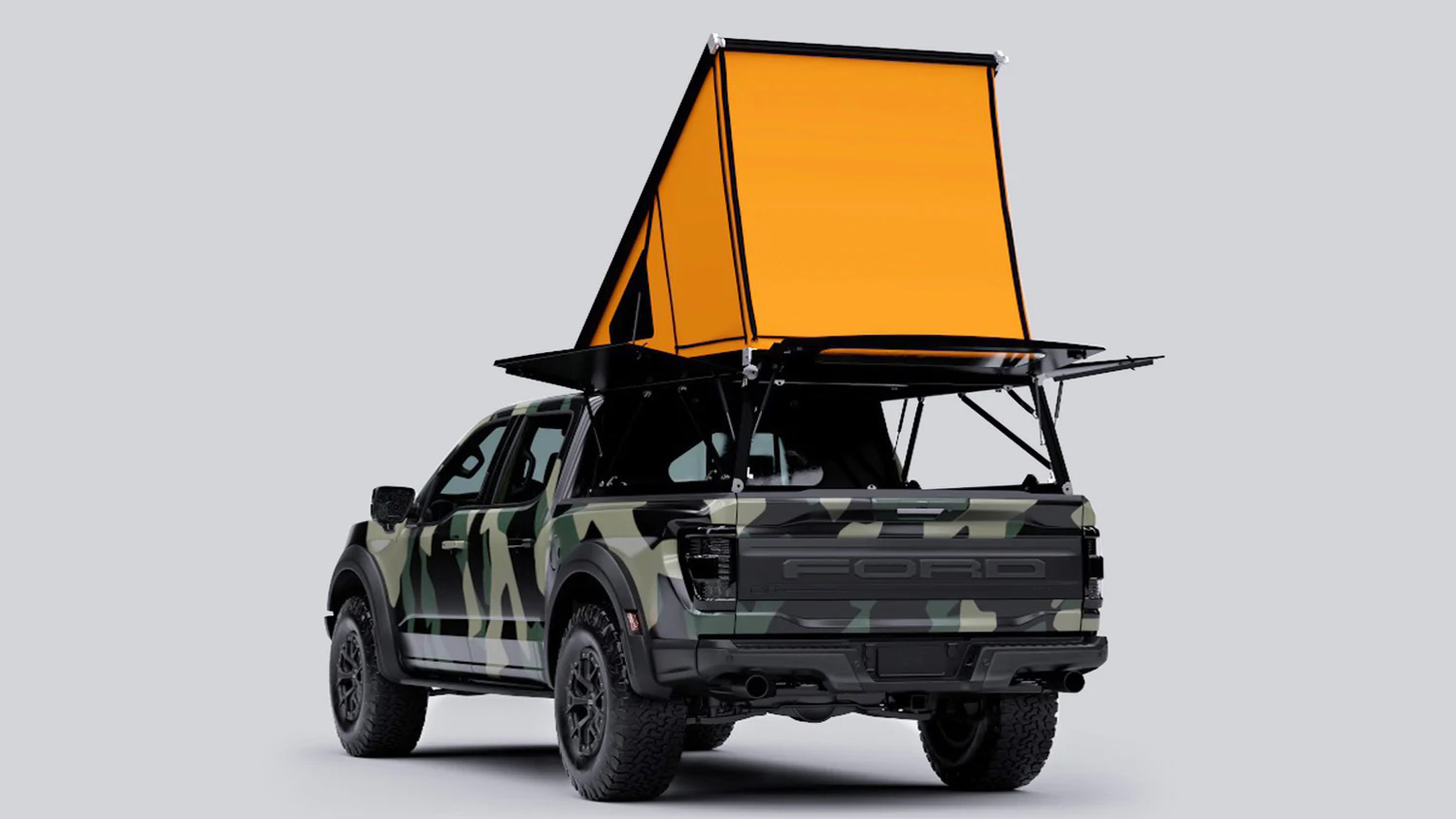
When it comes to designing campers for individual vehicles, it gets complicated because every truck model is different. Using Fusion, Go Fast Camper’s products are customized with parts for over 140 unique truck models. With more than 600 parts in one camper, it’s an intensive amount of CAM and overall manufacturing effort, especially for a small business. Robotics is an essential part of their success.
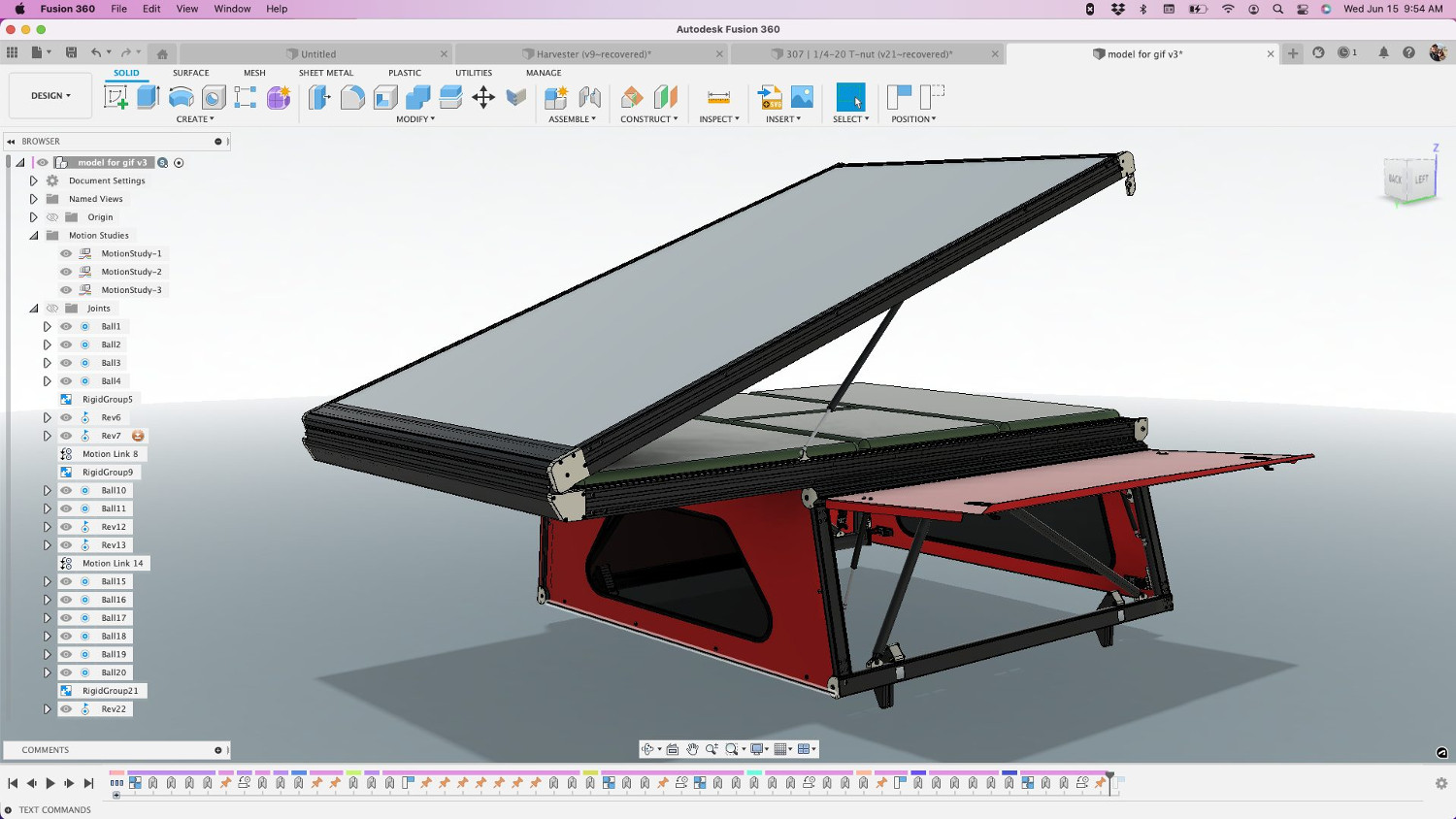
“With Fusion for our production process and CAM, we essentially have the entire robot system modeled in there,” Davis says. “When we program a new part in Fusion, it’s all systematized around a template. You can program a part, and no one has to re-indicate or set up a machine differently. You just program the part machine and the job and run it.”
4. Infinite Acoustics turns up rapid product design
Infinite Acoustics is putting circularity first for their 3D-printed speaker cabinets and using recycled and upcycled materials, such as old tires and ocean plastic waste. The company’s products are built on demand in local micro-factories to minimize their carbon footprint and enable customized, on-demand production.
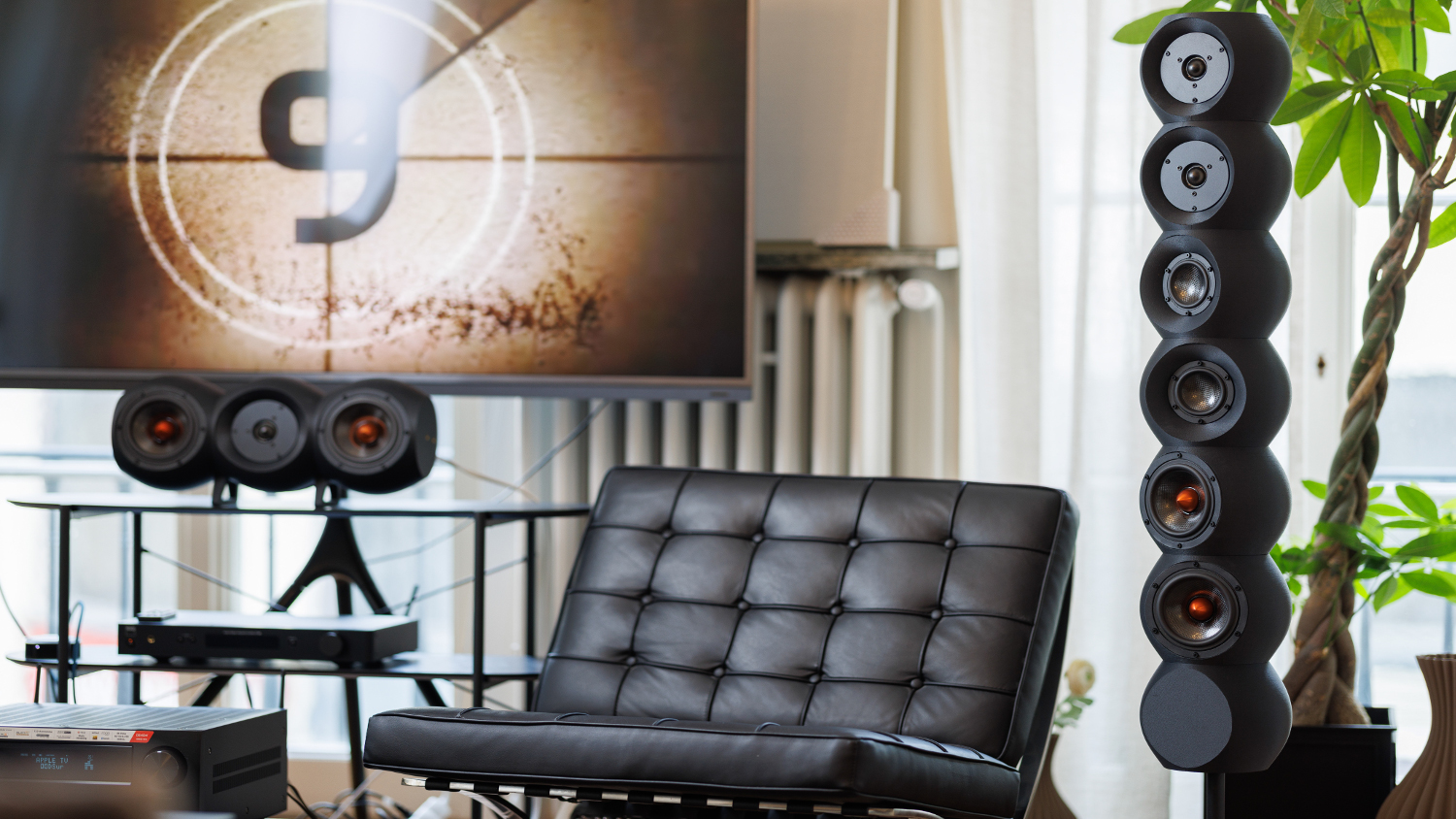
Designed with Fusion by Sweden-based engineering firm Lostboyslab, the speaker systems feature a unique geometric inside the speaker that work as a diffuser and assist the strength of the cabinet. By working in Fusion, LostboyLabs and Los Angeles-based Infinite Acoustics could easily collaborate across two continents.
“We’re able to do everything in Fusion from concept, prototypes, jigs, stands, and accessories, with the full intent to use 3D printing as the production method,” says Stefan Larsson, founder, Infinite Acoustics. “We developed nine product lines in only 12 months, from concept to production. Without Fusion, that wouldn’t have been possible.”
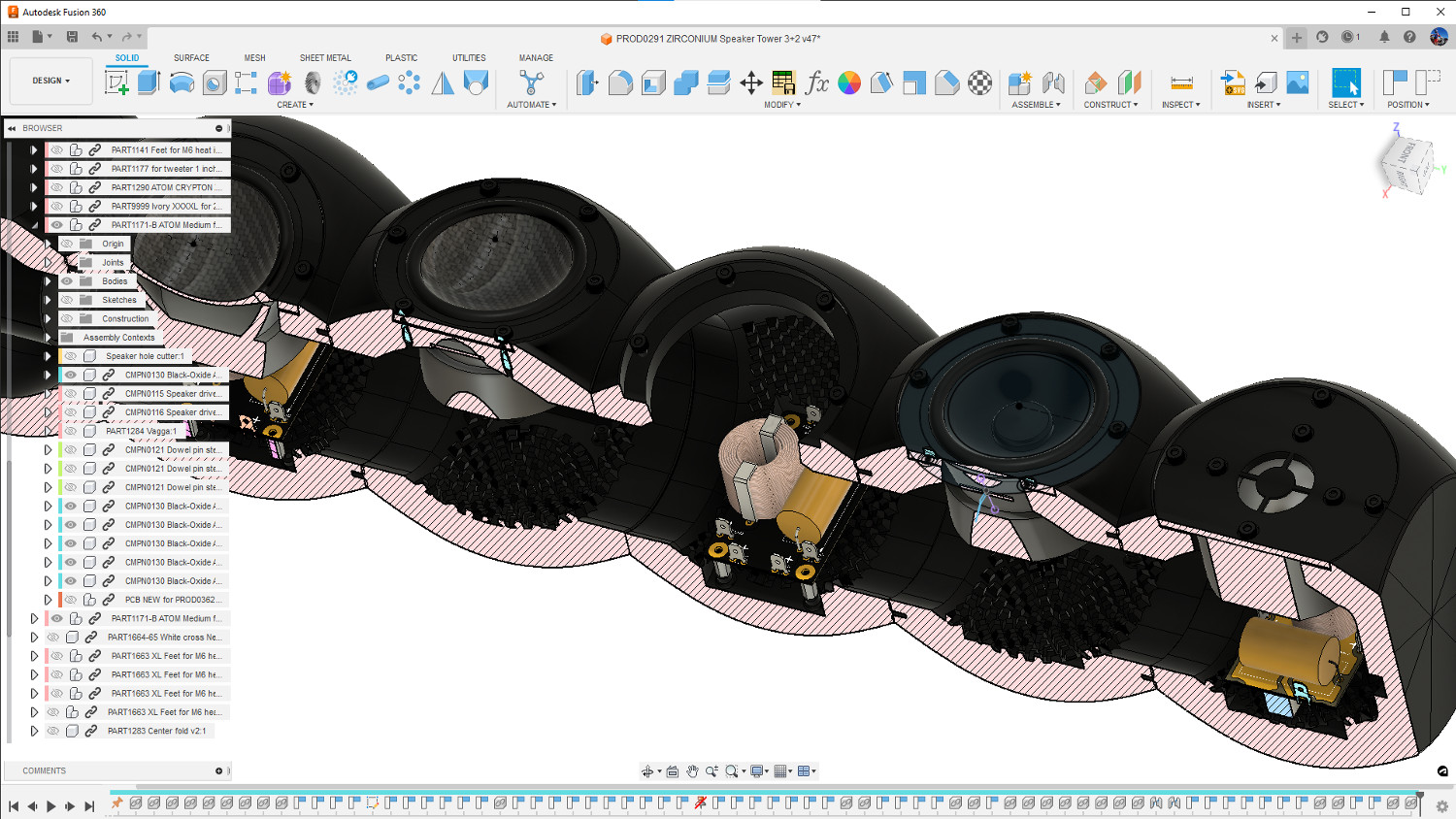
5. Termobrasa transforms factory floor to a digital experience
Based in Portugal, Termobrasa designs and manufactures energy-efficient water heaters, heat pumps, and more. For the past 50 years, paper ruled their manufacturing until they underwent a significant digital transformation. The company decided to remove its error-prone paper processes and adopt an entirely new workflow for its production line, procedures, and management with Autodesk Prodsmart.
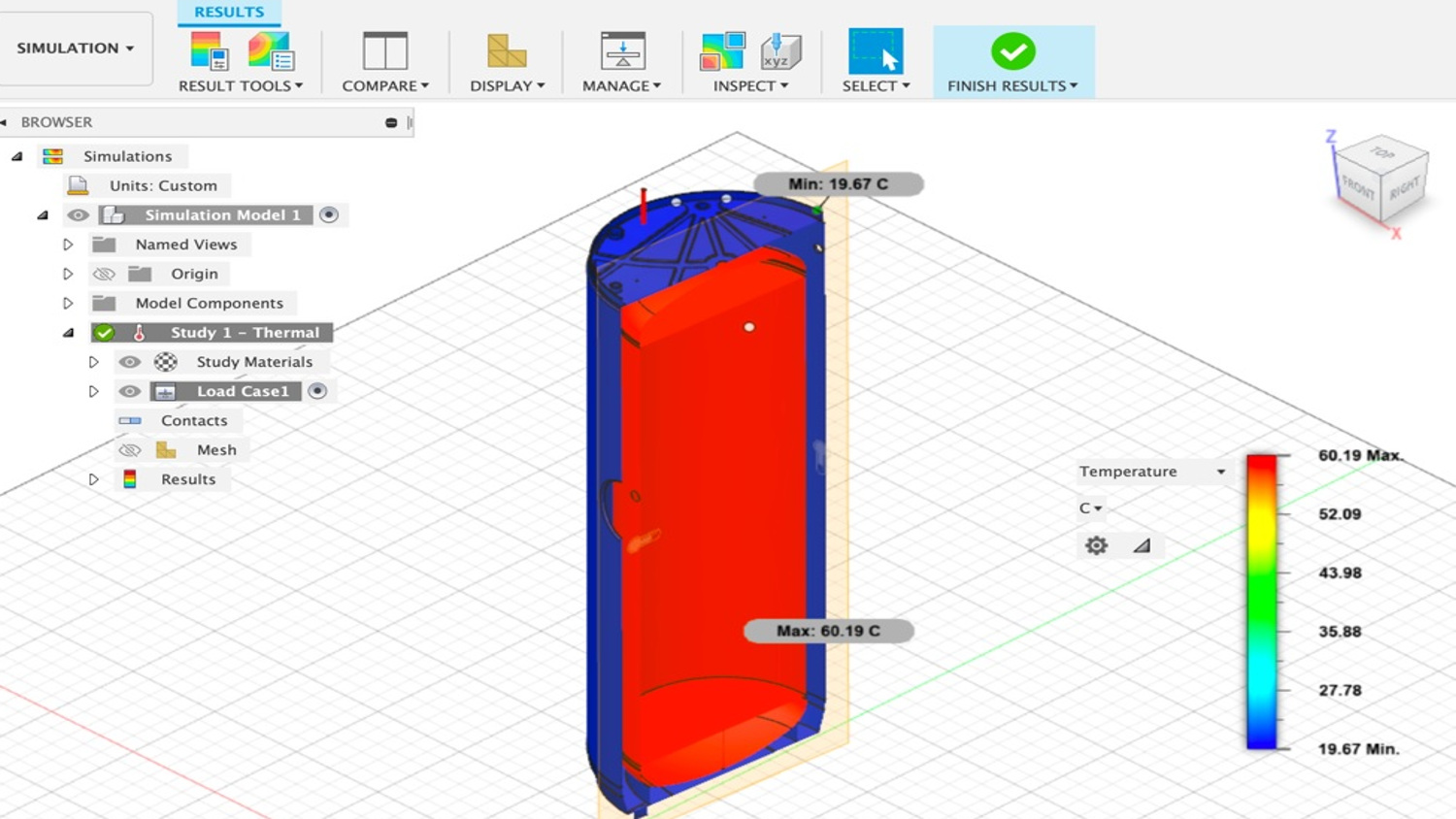
Now its entire assembly line is on tablets that provide the latest production updates and order requirements. Production orders move seamlessly upon completion from one station to the next in each section of the factory, and paper has disappeared from the manufacturing floor. “With the move to Prodsmart, there is no need for paper,” says Pedro Costa, production manager, Termobrasa
Recently, Termobrasa began its next stage of digital transformation with Fusion. Now that their manufacturing is paper-free, they’re creating digital 3D models of product designs that were still primarily on paper as well.
Embracing Industry 4.0
The journey towards Industry 4.0 is ongoing, and as technology continues to advance, we can expect even more exciting developments and innovations. Embracing digital transformation and adopting tools like Autodesk’s Fusion Industry Cloud will be crucial for companies to thrive in this new era of design and manufacturing.
Fusion Industry Cloud breaks down the barriers to seamless collaboration and innovation. It ensures that every stakeholder, whether operating CNC machines on the shop floor or coordinating design efforts across the globe, has access to the same up-to-date information. This holistic approach optimizes workflows and propels projects towards success with greater speed and precision, marking a new way we design, manufacture, and collaborate. In embracing Fusion Industry Cloud, companies are not just preparing for the future; they are shaping it, setting new standards for innovation, efficiency, and collaboration in Industry 4.0.

